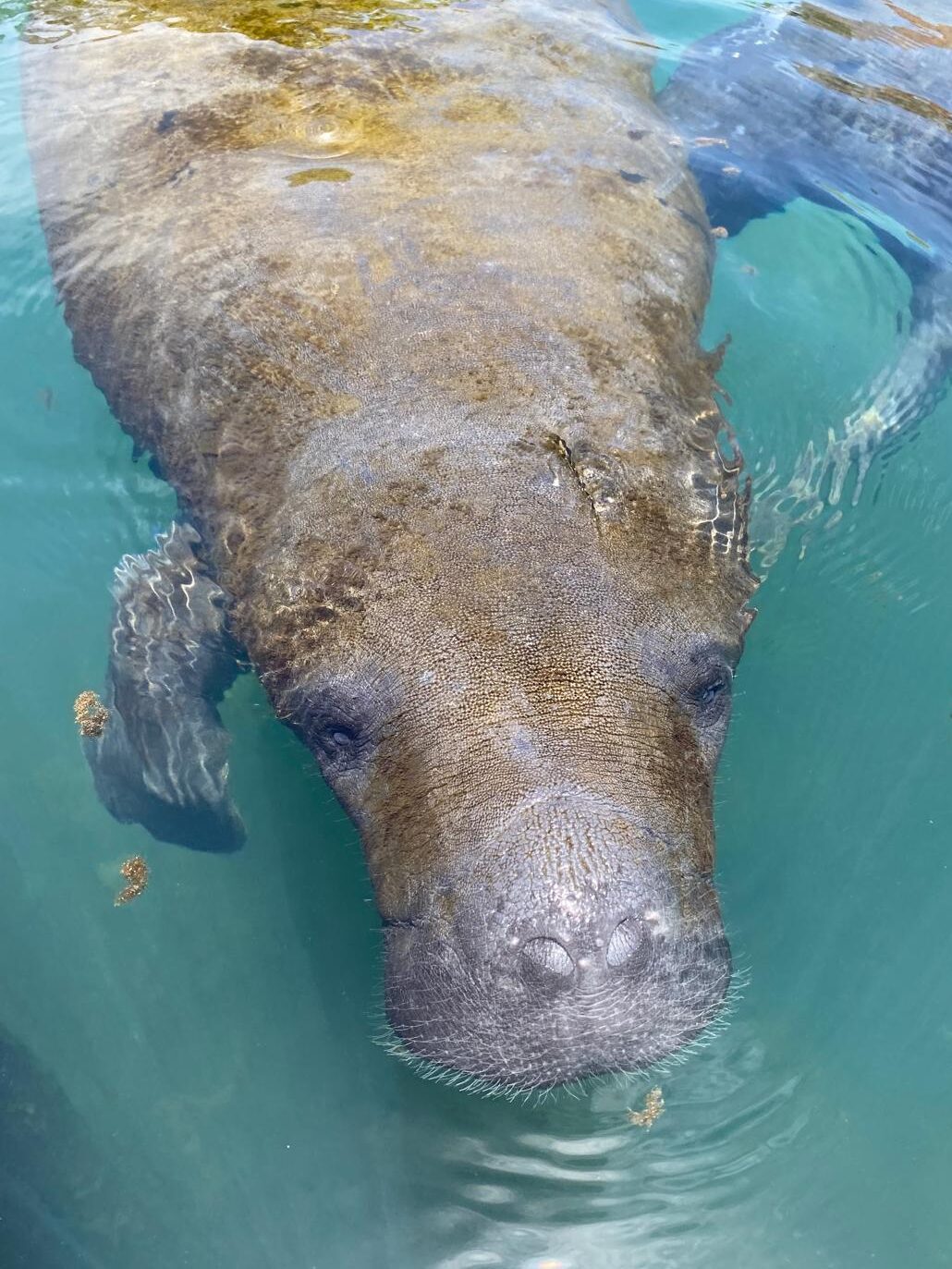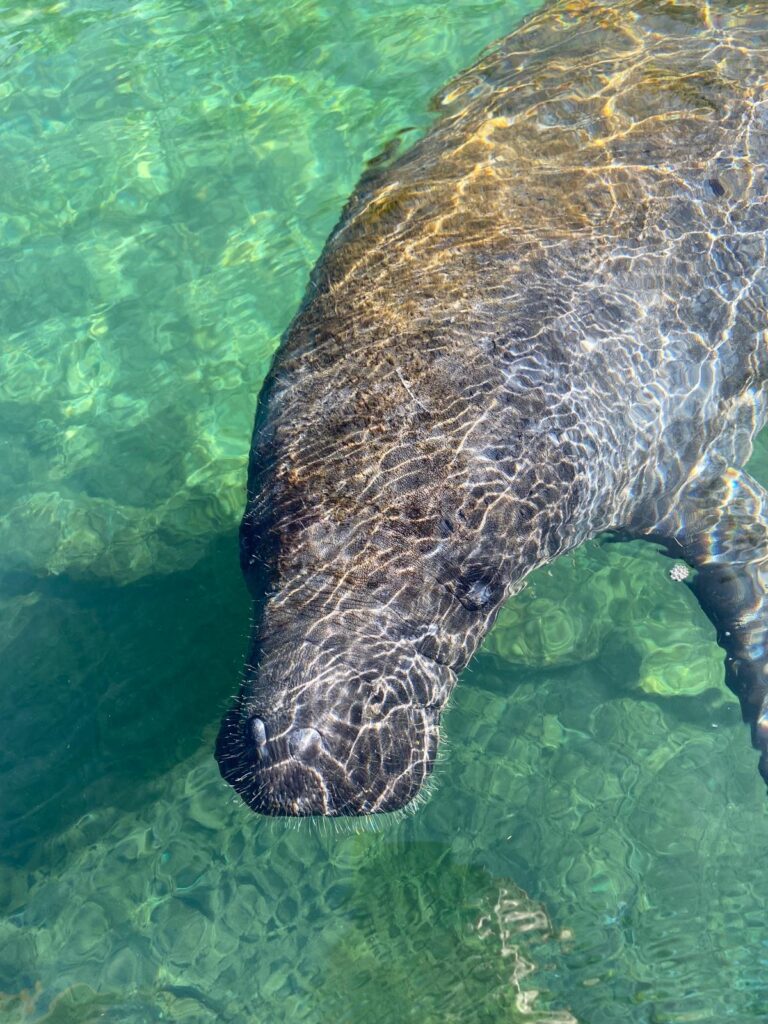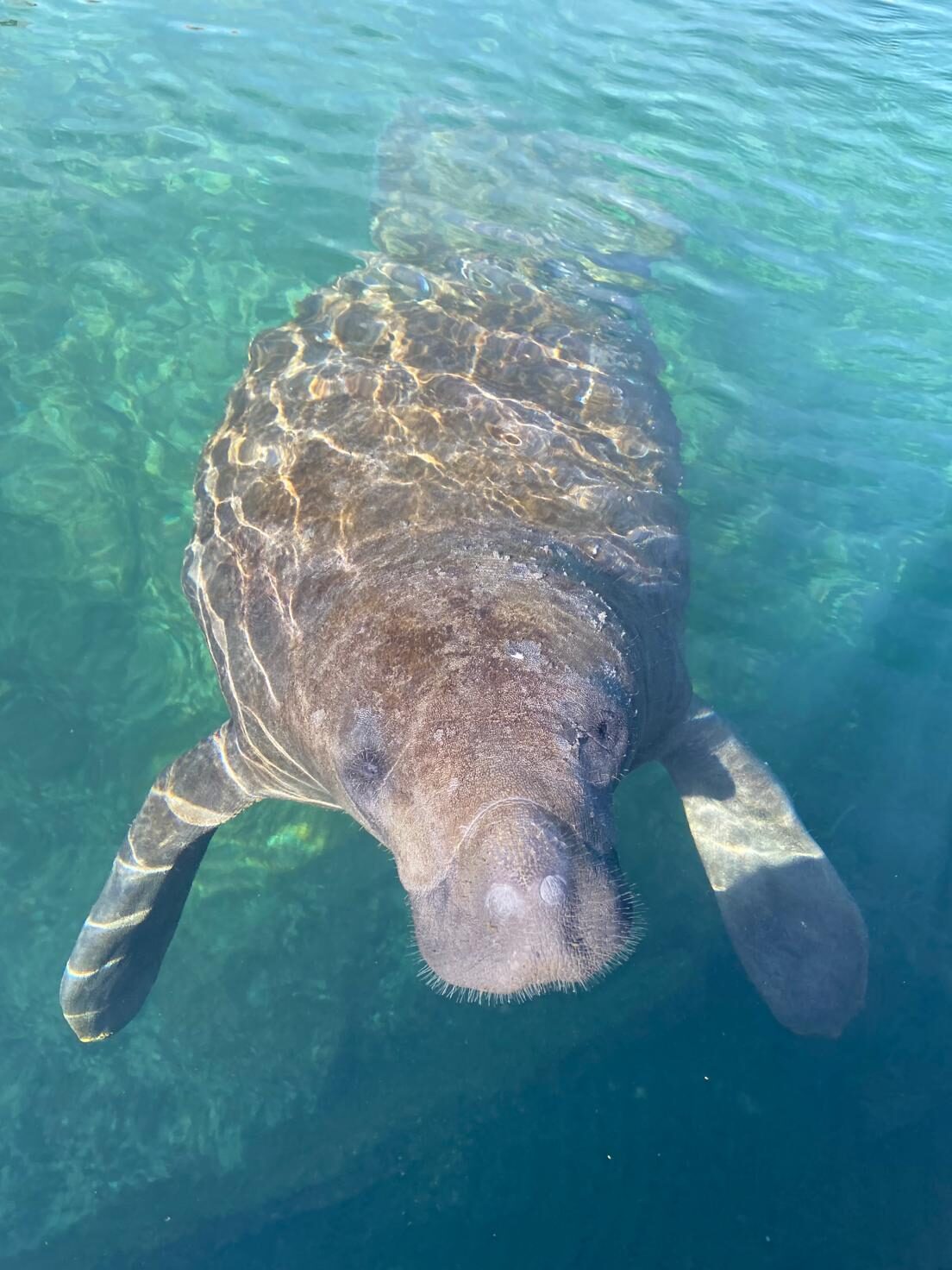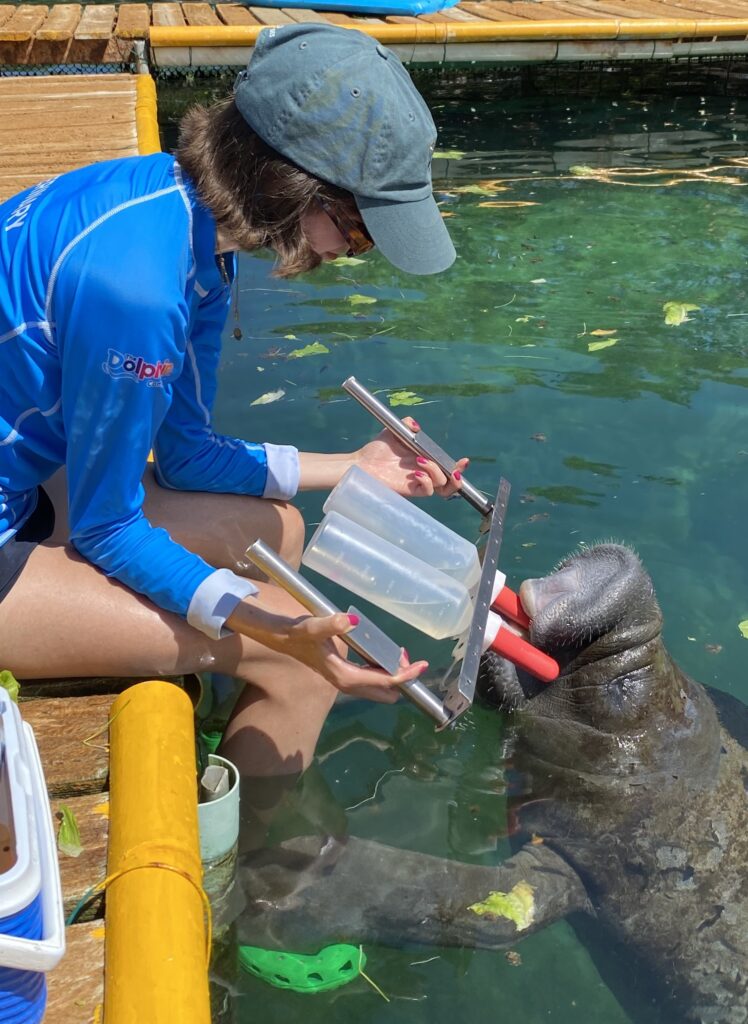The study was conducted on 3 captive Greater Caribbean manatees (Trichechus manatus manatus) housed at Dolphin Discovery (Puerto Aventuras, Mexico):

Cesar

Quijote

Fabian

5 food-associated substances were used to represent the 5 basic taste qualities: sucrose for sweet, sodium chloride for salty, monosodium glutamate for umami, citric acid for sour, and quinine hydrochloride for bitter.
A two-bottle preference test of short duration (2 minutes) was used.
The animals were simultaneously presented with two bottles:
- One containing seawater
- One containing a given concentration of a taste substance diluted in seawater
Seawater was used both as the solvent for the taste substances and as the alternative stimulus because freshwater is considered an important habitat feature for manatees, and their ability to detect freshwater is thought to rely on their sense of taste. Therefore, using freshwater could affect the preferences displayed by the manatees in the tests.
In total I conducted 3 series of tests:
- First, I used concentrations that were above the taste preference thresholds established for most mammal species tested so far (to ensure a high probability that these concentrations should be detectable for the manatees). Additionally, I did a test in which freshwater was presented against seawater to determine how valuable freshwater is to the manatees.
- Then, the first test was repeated but the concentrations were doubled (as the initial results indicated no significant preference for or avoidance of any of the taste substances)
- Finally, the second test was repeated but freshwater was used as the solvent and as the alternative stimulus (to assess whether the results would be consistent with those obtained from the previous tests using seawater).

Do manatees have any preferences or avoidances? Let’s take a look at the results!